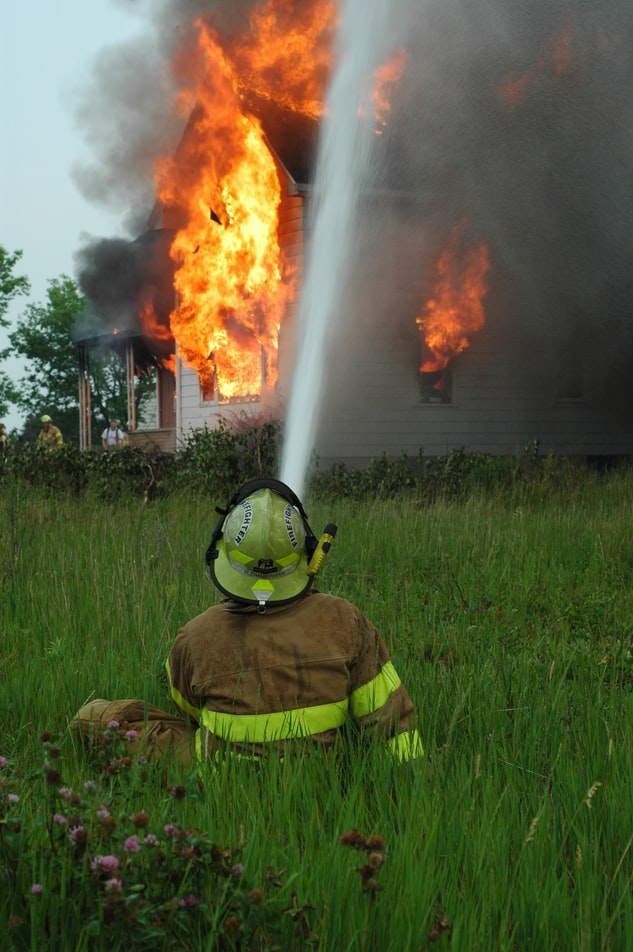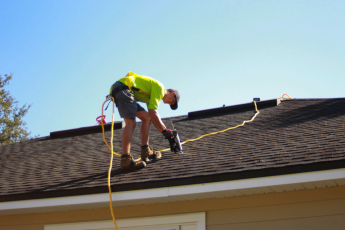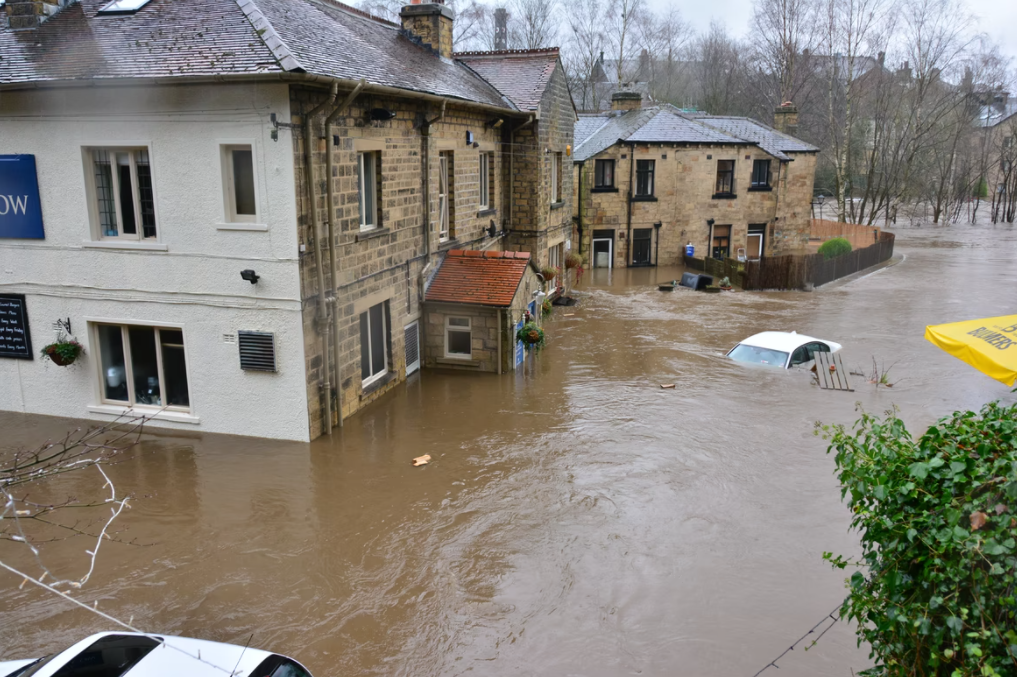Protecting Your Garden From Wildfires: The Role Of Fire Fighting Pumps

Wildfires pose a significant threat to properties, especially those with gardens and surrounding green spaces.

To effectively protect your garden and home, implementing comprehensive fire-fighting strategies is crucial. Investing in high-pressure fire fighting pumps can be one of the most effective methods to safeguard your property against uncontrollable fires. These pumps ensure that you have the necessary water pressure and flow to combat flames efficiently.
Creating defensible space around your property is another vital step in fire prevention. This involves strategically clearing vegetation and maintaining a safe distance between plants and structures to reduce fuel for potential fires. Techniques such as pruning tree branches and planting fire-resistant plants can help you maintain a fire-safe garden and enhance your home’s safety.
Equipment, such as Jono & Johno fire fighting pumps, play an important role in home safety strategies. These high-pressure pumps can operate for extended periods and deliver the necessary water volume to keep fires at bay, allowing you to act quickly during emergencies. By incorporating these measures, you can significantly reduce the risk of wildfire damage to your garden and home.
Key Takeaways
- High-pressure fire fighting pumps are essential for fire safety.
- Creating defensible space helps prevent fire spread.
- Fire fighting pumps should be part of your home safety strategy.
Creating Defensible Space Around Your Property
Creating defensible space around your property is essential for reducing wildfire risk. By carefully managing vegetation, using proper materials, and maintaining your landscape, you can enhance your home’s safety.
Understanding Defensible Zones
Defensible zones are crucial to protecting your home from wildfires. These zones are divided into different areas with specific maintenance requirements.
Zone 0 extends 0-5 feet from your home. This area should be free of any flammable materials. Use noncombustible materials such as gravel, stone, or concrete.
Zone 1 spans 5-30 feet from your home. In this area, create fuel breaks by removing fallen leaves, dead plants, and other debris. Keep trees and shrubs well-spaced and pruned.
Zone 2 covers 30-100 feet from your home (or to the property line). Reduce the density of trees and large shrubs to slow the spread of fire. Mow grass regularly and remove any dried vegetation.
Proper Maintenance and Plant Selection
Effective maintenance and choosing the right plants are key to creating a defensible space. Regularly clear away dried leaves, branches, and other debris. This reduces the fuel available for wildfires.
Choose drought-tolerant plants that are less likely to ignite. Fire-resistant plants like certain types of succulents and deciduous trees can help slow down fire. Ensure that plants are kept healthy and watered, reducing their flammability.
Regularly prune trees and trim shrubs. Keep tree branches well-spaced and at least 6 to 10 feet above the ground. This prevents fire from climbing up trees and spreading. Avoid using mulch that can easily catch fire; instead, use materials like stones or gravel.
Constructing Fire-Resistant Barriers
Constructing fire-resistant barriers around your property can provide an additional level of protection. Use non-flammable materials like stone, concrete, or brick for walls and fences.
For areas close to the house, choose hardscape elements such as paved paths, patios, and driveways. These not only enhance the appearance of your landscape but also act as effective fire breaks.
Install metal screening on vents and under-eave areas to prevent embers from entering your home. Ensure that fences and gates are made of fire-resistant materials and keep them well-maintained. Creating defensible space by integrating fire-resistant landscaping components further enhances your property’s ability to withstand wildfires.
Fire Fighting Pumps and Home Safety Strategies
Fire fighting pumps are essential tools in safeguarding homes against wildfires. These strategies underline the importance of selecting the right pump, practicing safe home protection methods, and remaining in effective communication with neighbors and local firefighters.
Choosing the Right Fire Fighting Pump
Selecting a suitable fire fighting pump involves considering the water source, flow rate, and pump capacity. A Koshin SEH-40H Centrifugal Fire Fighting Pump is lightweight and delivers high performance, making it a practical choice for many homeowners. Addressing the limitations such as budget constraints and water availability is crucial. Practicality often means prioritizing pumps that provide high pressure with a moderate flow rate, suitable for typical residential needs. Ensuring the pump is compatible with hoses and nozzles used in home irrigation systems can also enhance firefighting efforts.
Safe Practices for Home Protection
Maintaining a defensible space around the home involves removing flammable materials like dead trees, brush, and leaves. Installing fire-resistant plants and using gravel instead of mulch close to the house contribute to a safer environment. Building with fire-resistant materials, especially for roofs and eaves, offers significant protection. Covering attic vents and windows with non-combustible screens helps prevent ember penetration. Additionally, moving outdoor furniture and propane tanks away from the house can mitigate risks. Regularly checking irrigation systems to ensure they are functional during high fire-risk periods is advisable.
Communicating with Neighbors and Firefighters
Establishing a neighborhood watch or community group focused on wildfire prevention can be beneficial. Sharing information about fire fighting pumps and defensible space strategies can ensure everyone is aware of the best practices. Utilizing local fire department resources for community meetings or training sessions helps improve overall preparedness. Collaborating with neighbors to create a cohesive action plan can facilitate effective communication during emergencies. Regularly updating contact lists and staying informed through local news can keep the community vigilant and responsive.
Proactive communication and shared resources can significantly enhance the community’s ability to protect their properties and families from wildfires.
Conclusion
Utilizing fire fighting pumps can be a critical step in safeguarding your garden from wildfires. These pumps ensure a reliable water supply, providing the necessary pressure and flow to keep vegetation moist and reduce fire spread.
In combination with other fire-resistant landscaping practices, fire fighting pumps can substantially enhance your garden’s defense against wildfire hazards. Effective preparation can significantly mitigate potential damage to your property.








